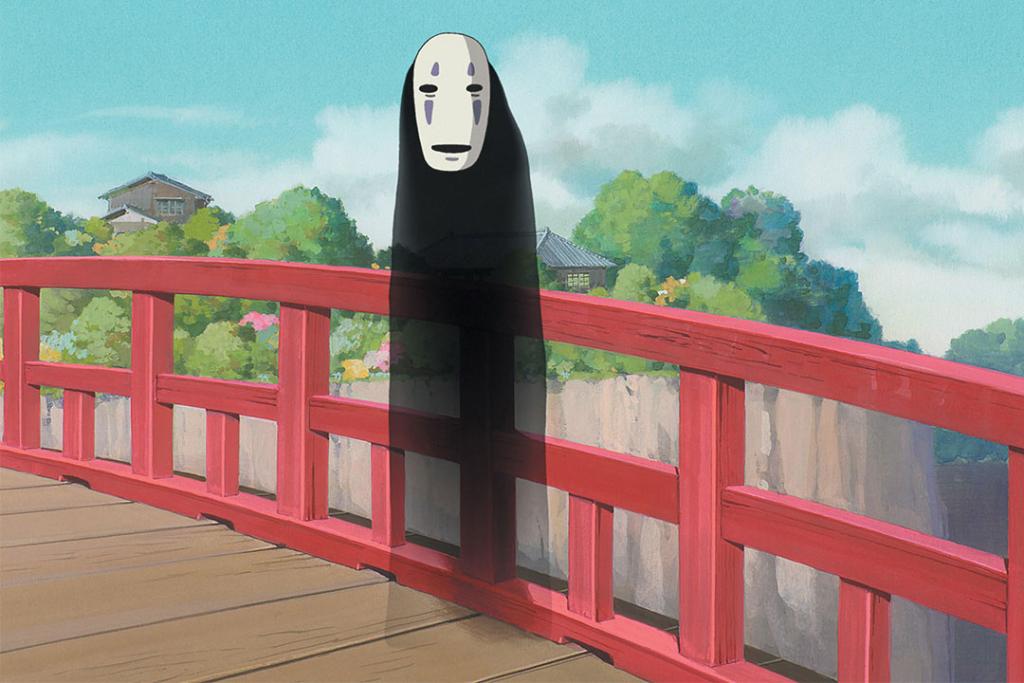From kabuki to anime - Kunichika’s legacy
Kunichika’s vibrant prints are not just a window on the past but continue to inspire contemporary Japanese culture in many exciting ways.

From the popularity of anime, with some big titles getting live-action remakes in recent years, to the irresistable appeal of collecting Pokémon, there’s no escaping the influence of Japan in popular culture. However it may surprise you to know that this 21st century obsession is not so different to the fan culture of Kunichika’s time, and follows an even older storytelling tradition.
Manga artist Shouta Kikuchi put it perfectly:
"Imagine the scene. A shop in the heart of Tokyo in the Meiji, made bright, thanks to dozens of colourful printed pages, covering the walls and swinging in the breeze by the open front. A line of chattering, gleeful aficionados passing by, and picking out the latest impressions by their favourite artists... Can we find a more apt analogue to the modern age’s fascination with [Japanese] comic media? Naturally, I think not."

Indeed, as collectors of antique Japanese prints will know all too well, the patrons of such shops in the Edo and Meiji periods were just as passionate about woodblock prints - the ‘fan media’ of their age - as modern fans are about the latest issues of ‘Demon Slayer’ or ‘Onepiece’.
Kunichika took his changing world as the subject for his most impressive works. A pre-modern pop culture icon on the cusp of great social change, he absorbed and reproduced both the mythic worlds of the kabuki theatre and the dramatic personalities of his age. A visual diarist of momentous times.
In the 20th and 21st centuries the ideals of the Japanese stage (and the prints which reflect them so colourfully) have inspired the work of other creatives around the world. Film makers, writers, animators and artists to this day apply both visual and narrative cues taken from these floating worlds of wonder to enrich their own work and inspire folks to look ever more closely at these glimpses into the past.
Space Battleship Yamato, Japanese trailer
One such noted artist is Matsumoto Leiji, the creator of series such as 'Galaxy Express 999' and the art director on the legendary 'Space Battleship Yamato', he is the last living member of the group known in Japan as the ‘Three Gods of Comics’ (the others being Osamu Tezuka, and Mitsuteru Yokoyama). His works, as operatic as kabuki itself and as vivid as the greatest Kunichika prints, are a heroic song which encompasses the many worlds of his imagination: past, present and future.
"When I look at how [Kunichika’s] art evolved through his life I am fascinated by the vigour of it all. He clearly loved his subjects and strove to make even the most mundane setting epic by centering the human as the key feature. […] I have been inspired by many things through the years, but I am always striving to be like [Kunichika]." Matsumoto Leiji,
More recently, the Koyoharu Gotouge manga/anime series 'Demon Slayer' (鬼滅の刃) has embraced the transitional qualities of the art of the Edo/Meiji/Taisho floating world to create a colourul story which encompasses all the grandiose elements of the Kabuki mythos: demons, swordsmen, heroes and the ordinary people who are swept up in extraordinary events. It is perhaps the most popular Japanese comic being sold in the west at the moment.
And of course who could overlook the impact that the arts of the Edo period had on the career of Japan’s titan of pop culture, the co-founder of Studio Ghibli, Hayao Miyazaki. From his first great work 'Nausicaa, of the Valley of Wind' (風の谷のナウシカ), to the monumental 'Princess Mononoke' (もののけ姫s) and the aethereal 'Spirited Away' (千と千尋の神隠し), Miyazaki has often employed artistic and narrative techniques that have a root in his understanding of, and love for, the arts of the past.
It is not all one way however. In recent years Japanese creatives have been looking to other cultures for both inspiration and outlet.
One of Tokyo’s grand Kabuki troupes has already staged 'Star Wars' in the high style, to great success, performing a version created by Lucasfilm in collaboration with the leading actor of his generation, Ebizou Ichikawa.
On the print scene as well, the vibrance of the golden age lives on in the work of David Bull, whose Mokuhankan store in Asakusa creates not only traditional woodblocks in the style of Kunichika and his heirs, but also a remarkable range of popular culture themed prints.
Whilst you wander the Kunichika: Japanese Prints exhibition, absorbing the life and art of the rakish Toyohara Kunichika - itself showing us all the whims and ways of a nation in great cultural flux - perhaps keep in mind how these scraps of paper have inspired countless people down through the decades. One of the first ways in which the world encountered Japan following its three centuries of isolation, they are vivid phantoms of beauty, life and myth which defy their fragile medium and live on. It is quite a legacy, and one that might not displease master Kunichika himself.
All quotes with artists taken from interviews with the author.
Lead image from Spirited Away courtesy of Alamy.
